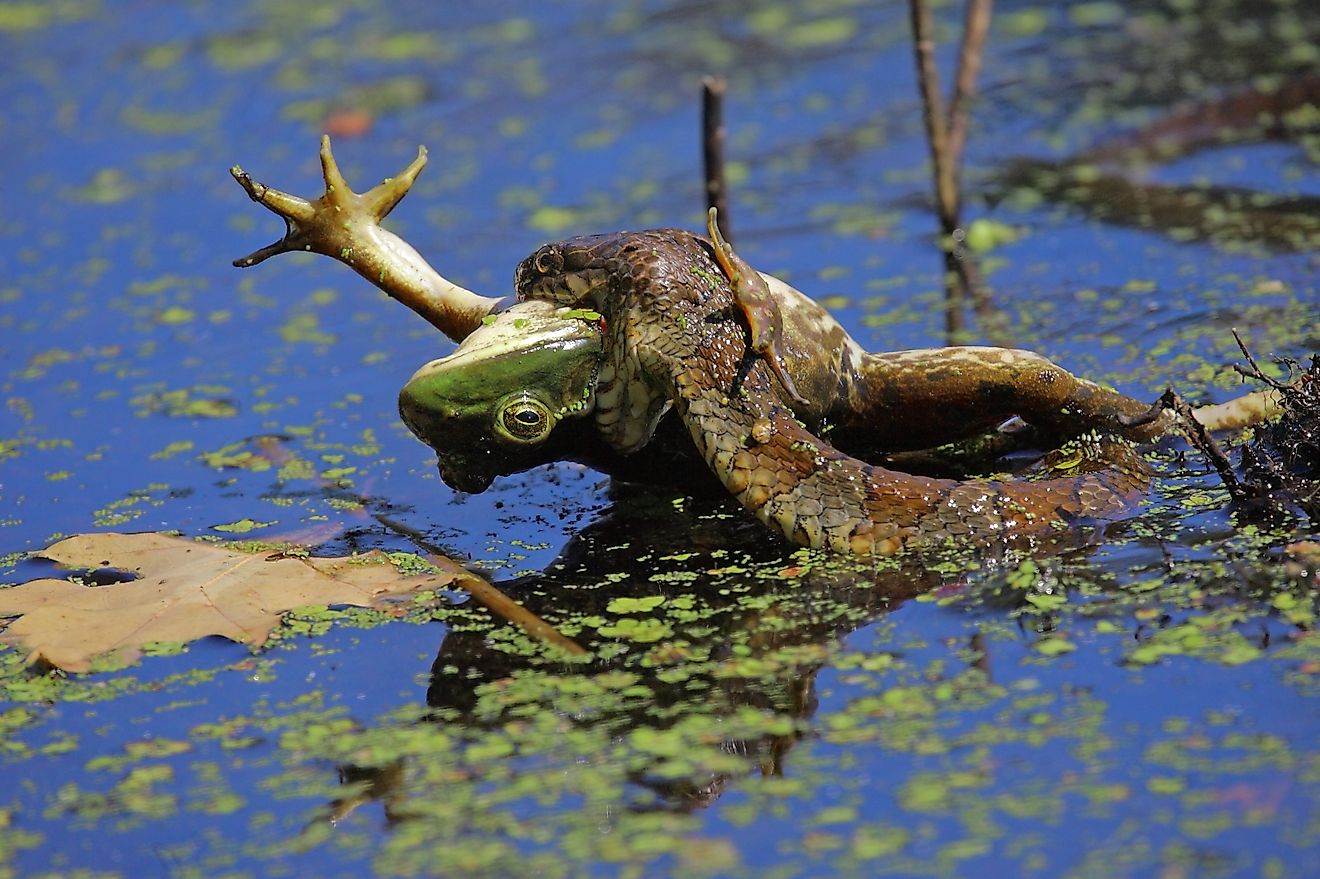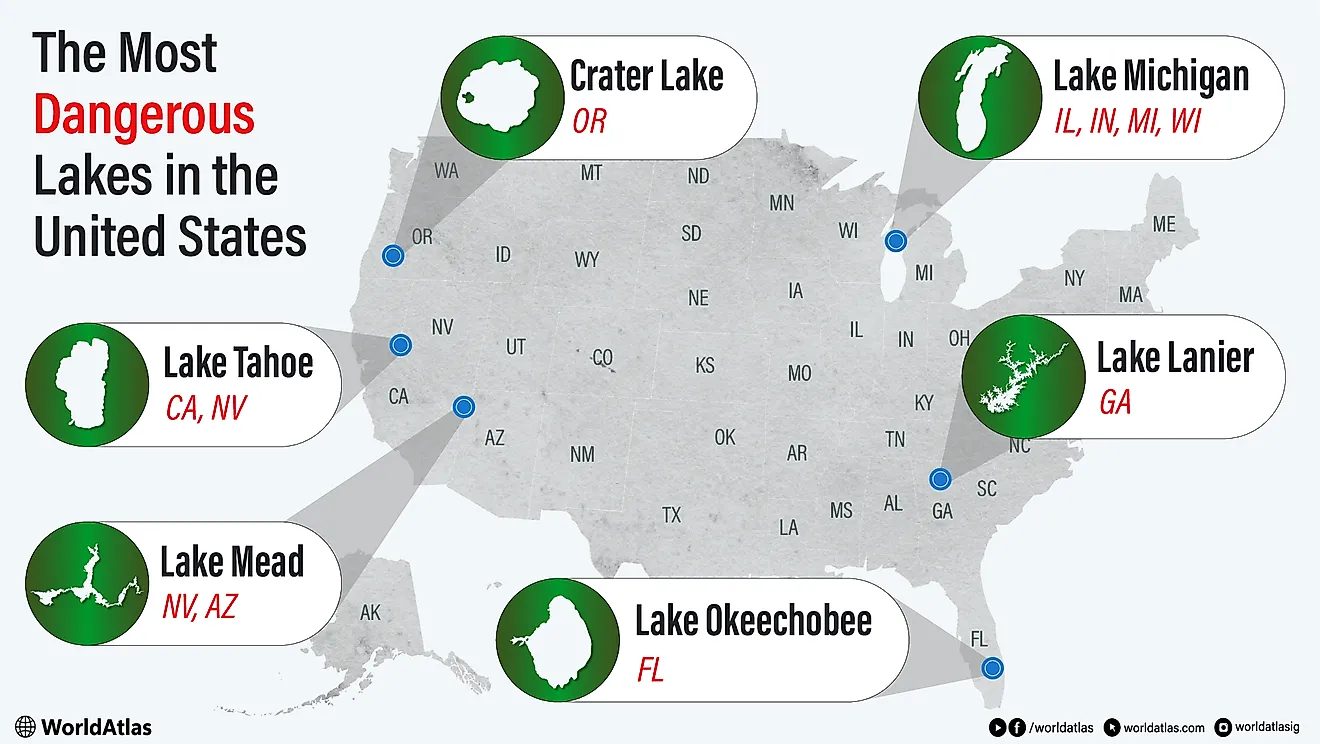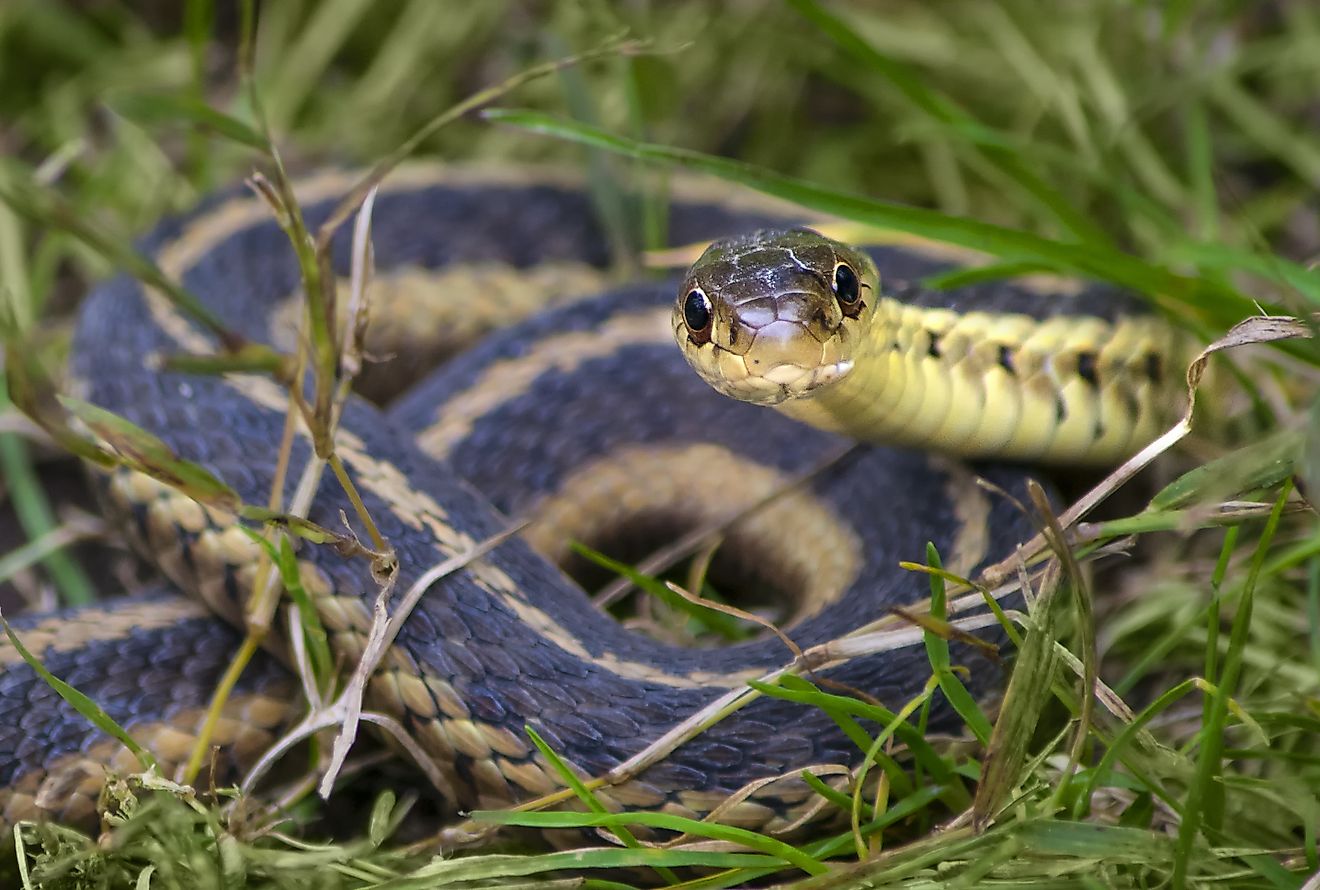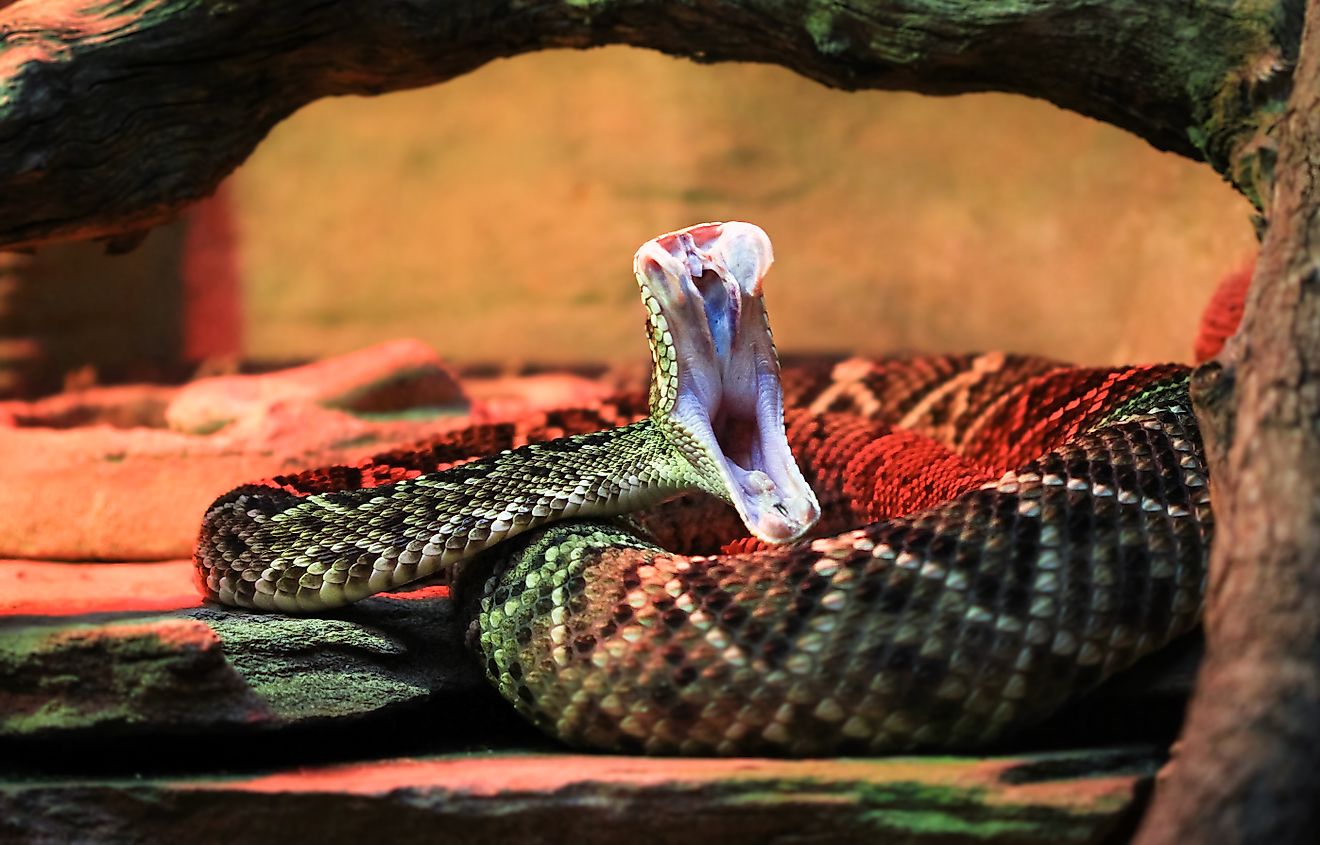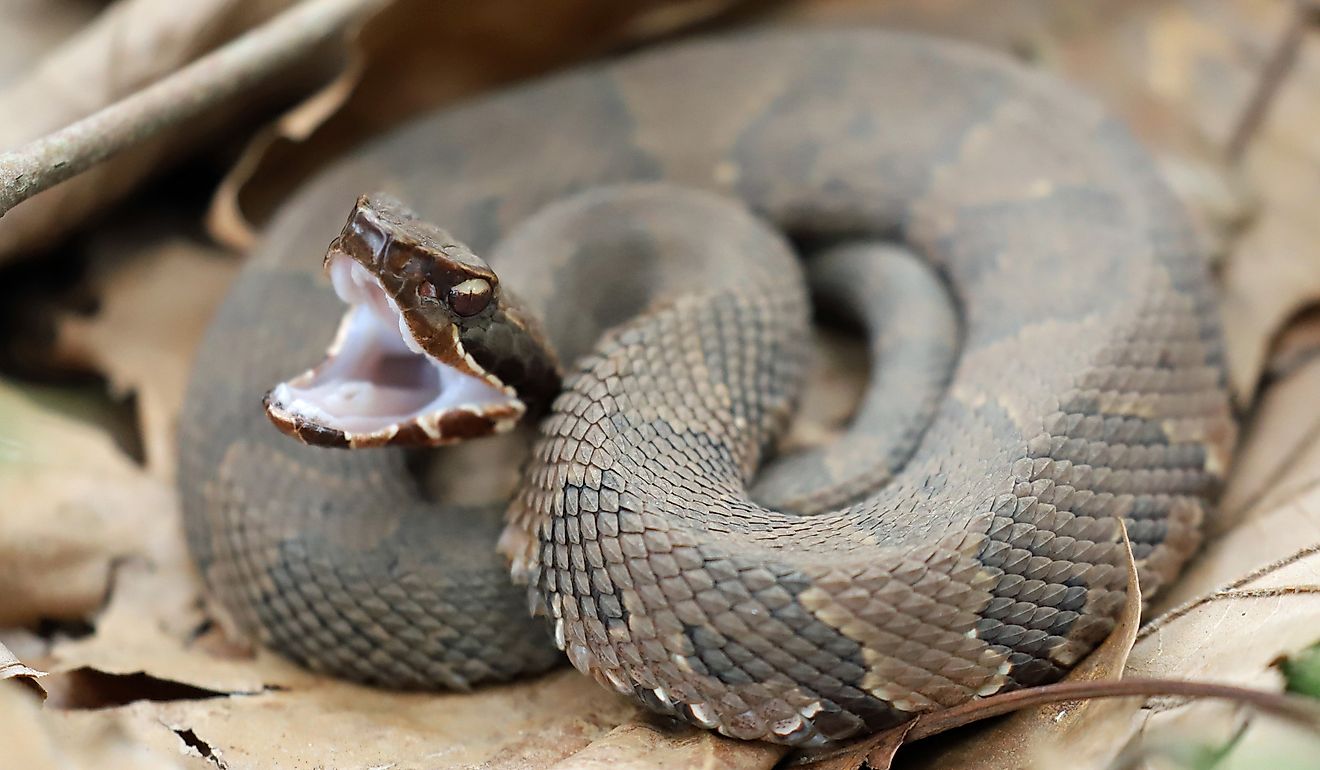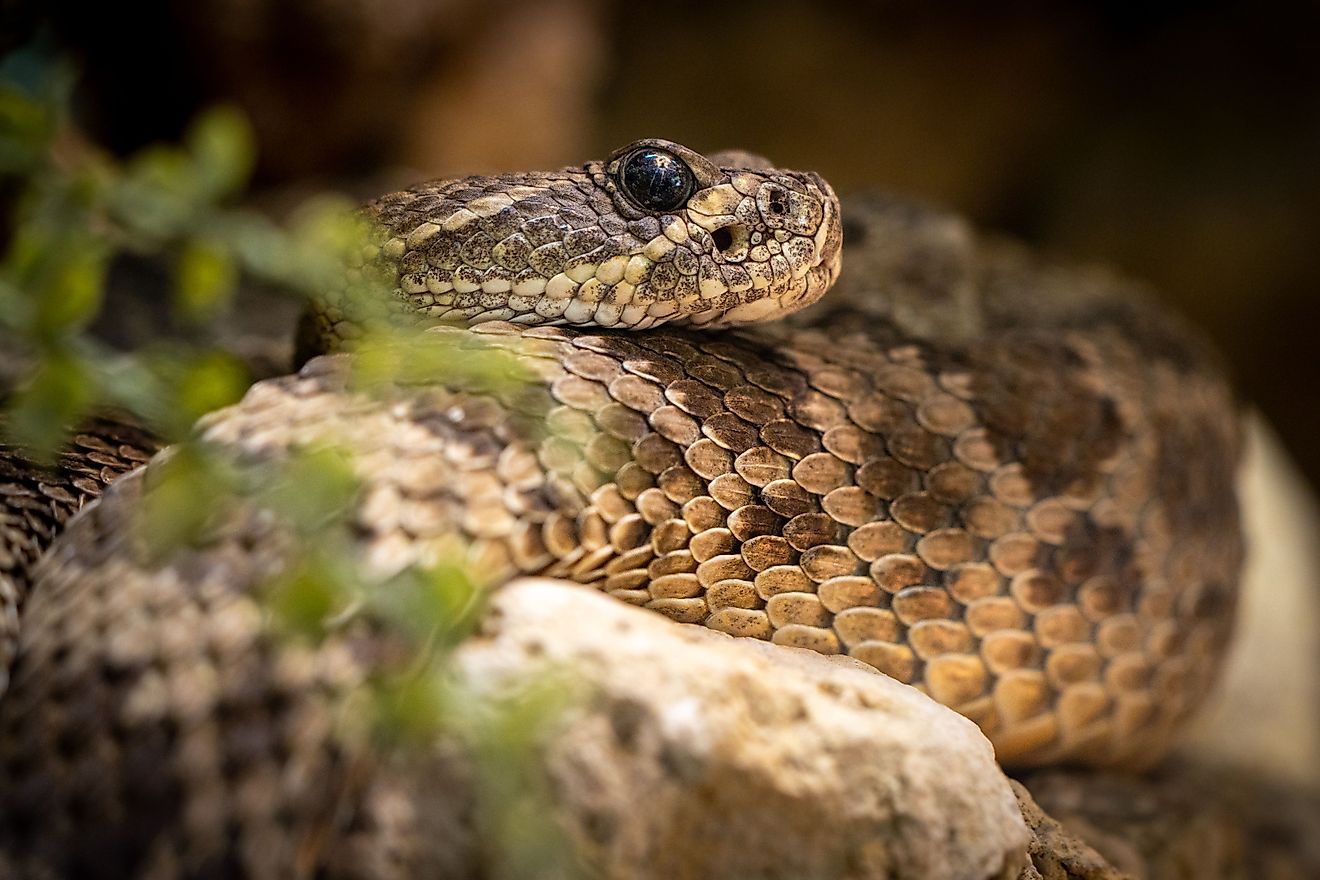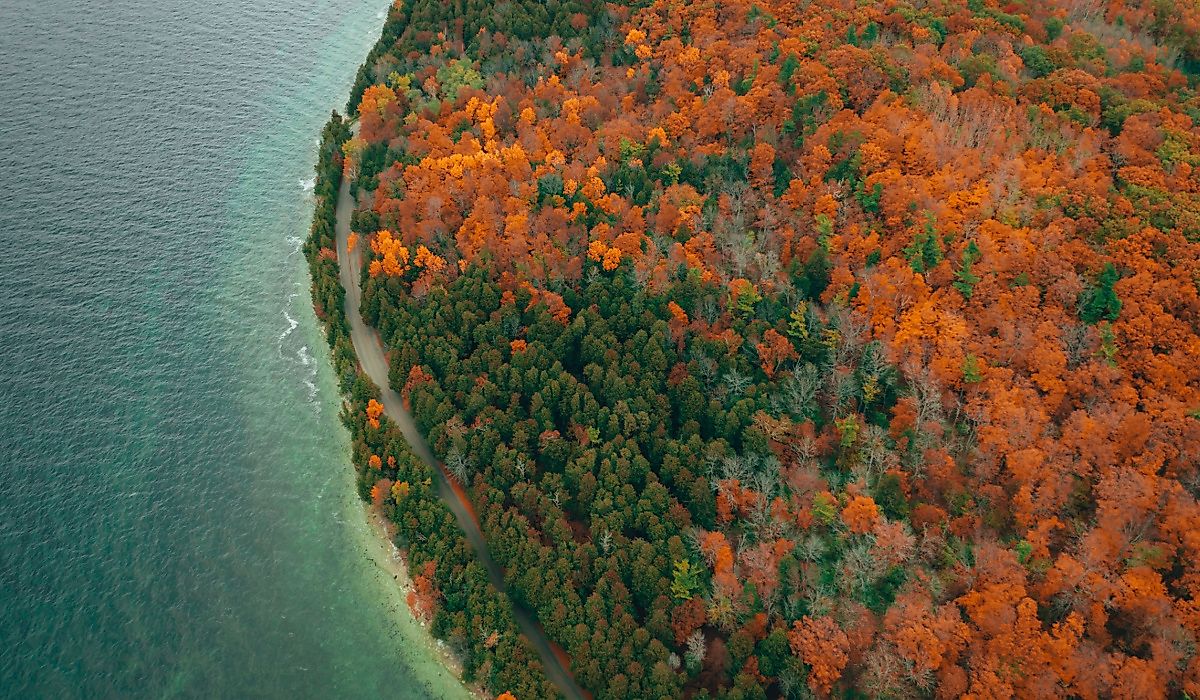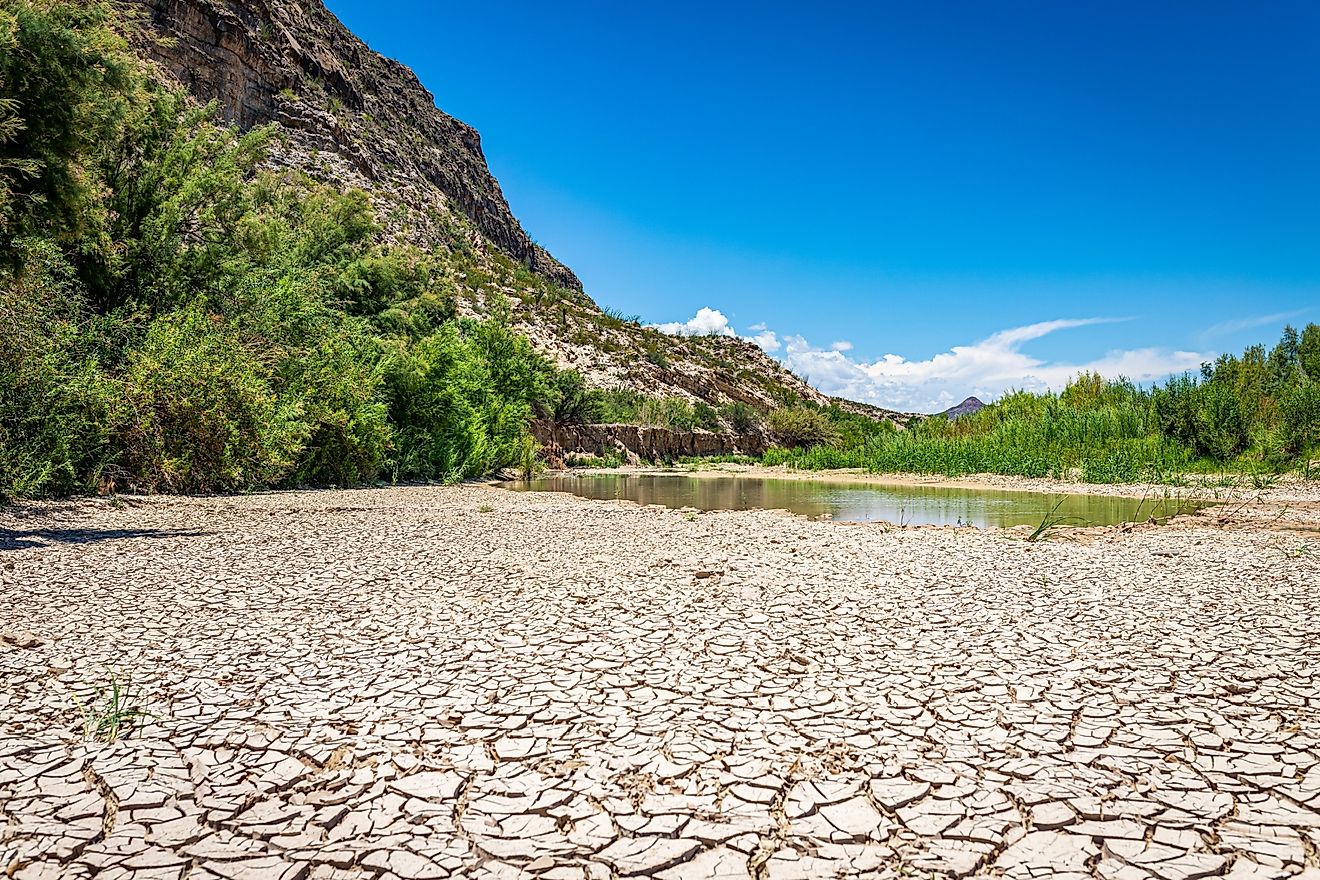
The Most Snake Infested Rivers In New Hampshire
New Hampshire is located in New England, on the eastern coast of the United States of America. New Hampshires geography is a result of the most recent glacial age including the following mountain notches: Crawford, Dixville, Franconia, and Pinkham.
New Hampshire has five main drainage basins. The Connecticut River basin covers the largest area, followed by the Merrimack River basin. The state’s remaining rivers — including the Saco, Piscataqua, and Androscoggin — flow toward the Atlantic and are often grouped together as the coastal rivers.
New Hampshires rivers occupy diverse ecosystems which support a broad array of wildlife and fauna, including snakes, of which there are 11 species native to the state. These are the most snake infested rivers in New Hampshire.
Connecticut River
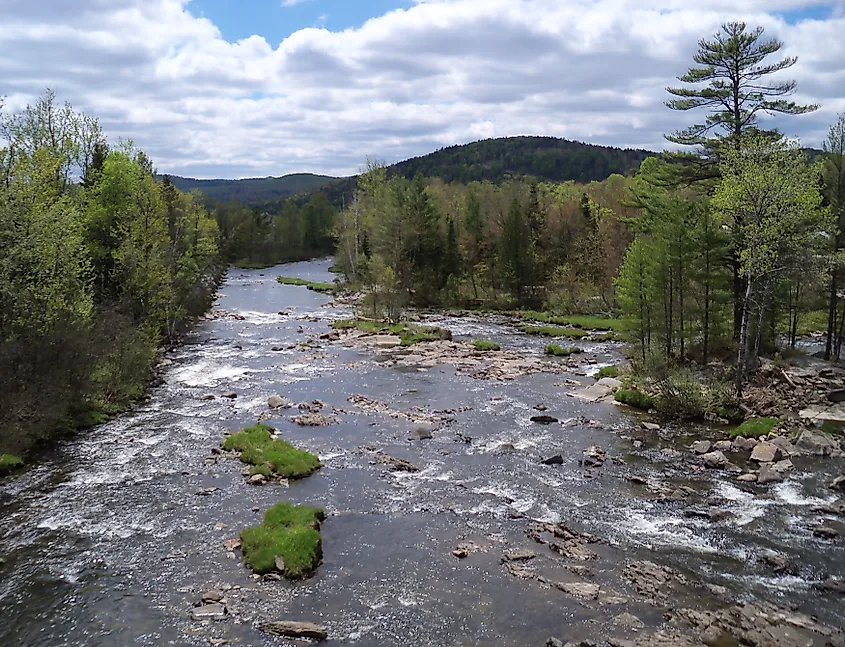
The Connecticut River, New England’s longest river, begins at the Connecticut Lakes in northern New Hampshire. It flows southwest for about nine miles within the state before forming much of the border with Vermont for roughly 238 miles. The river then continues through Massachusetts and Connecticut, eventually emptying into Long Island Sound after a total course of about 407 miles.
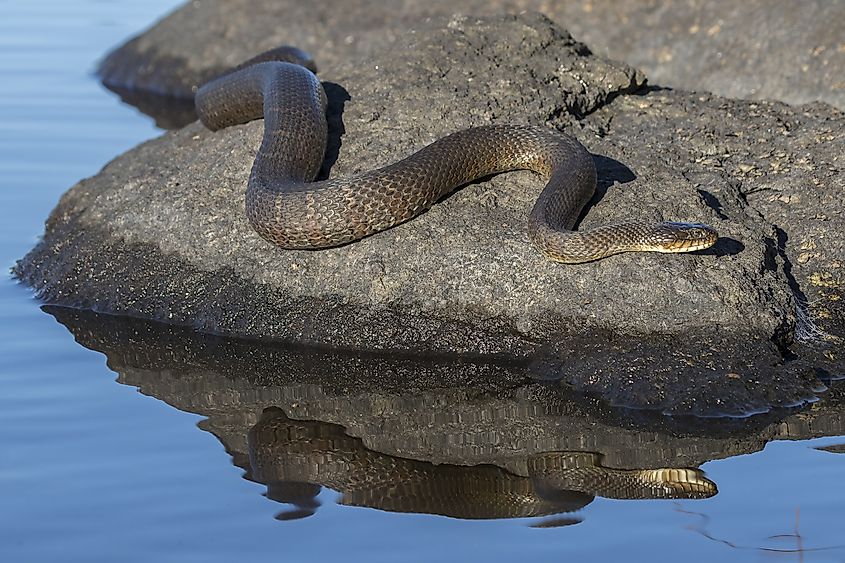
The northern water snake (Nerodia sipedon sipedon) is widespread throughout most of New Hampshire, especially water habitats like the Connecticut River. It is rarely found far from a permanent water source including both aquatic and semi-aquatic habitats such as streams, ponds, swamps, and marshes. They often use logs or branches overhanging the water for basking. They can have blotched or sometimes banded patterns, with markings ranging from brown, black, tan, gray, and even orangish with younger snakes having more vibrant colors and patterns.
Merrimack River
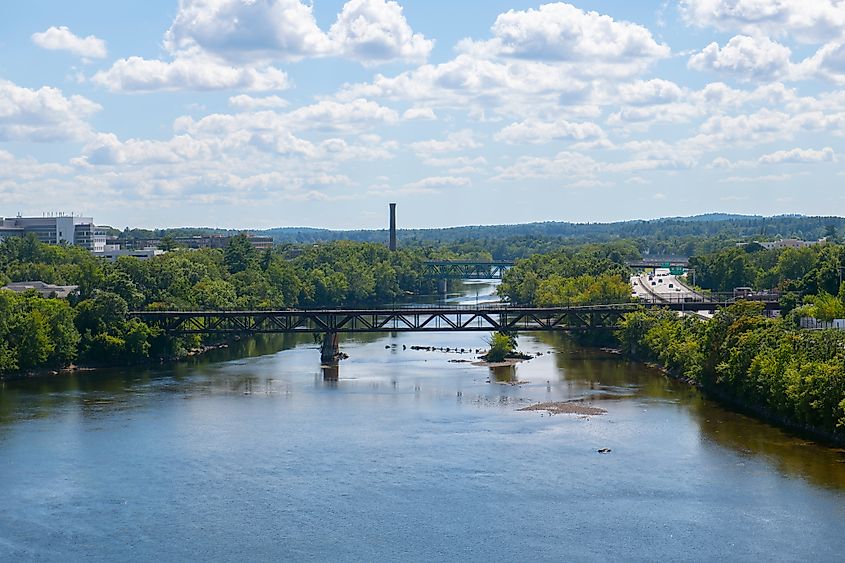
The Merrimack River forms at the confluence of the Pemigewasset and Winnipesaukee rivers in central New Hampshire. It flows southward into Massachusetts, then northeast to its mouth on the Atlantic Ocean. It flows for a total of about 110 miles, the lower 22 of which are tidal. A segment of the river known as the Lower Merrimack River contains critical habitat for a variety of plant and animal species.

New Hampshire has a population of state endangered Eastern hognose snakes (Heterodon platirhinos). Eastern hognose snakes in New Hampshire are restricted to the Merrimack River corridor south of Concord, an area where development and human population increases are intense and remaining blocks of suitable habitat are becoming smaller and isolated. These snakes typically occupy habitats with sandy, gravely soils such as open fields, river valleys, pine forests, and upland hillsides. Luckily, the Merrimack River has sandy plains and well-drained soils favored by Eastern hognose snakes.
Pemigewasset River

The Pemigewasset River rises in the Franconia Notch within the White Mountains of New Hampshire. It follows the mountain pass southward for about 70 miles where it joins the Winnipesaukee River and forms the Merrimack River. The Pemigewasset River and its surroundings offer a vibrant ecosystem which supports diverse array of wildlife. The river’s wetlands offer ideal conditions for a variety of amphibians and reptiles including the northern water snake which is often seen basking on rocks or swimming in the river’s shallows.

It is also home to the common garter snake (Thamnophis sirtalis), a small striped snake measuring 18 inches to 26 inches. They have variable color patterns but usually all have yellow, brown, or green stripes running vertically down the top and sides of their bodies. They are very common and widespread throughout the state, present throughout a variety of habitats such as woodlands, hillsides, wetlands, backyards, and even urban areas.
Even though 85% to 90% of snakes are nonvenomous, they are perpetually misidentified and as a result often killed because of a perceived risk they pose. Five of New Hampshire’s native snakes have been identified as species in greatest need of conservation. Snakes play essential roles in controlling insect and small mammal populations, maintaining the ecological balance of the river environment, and as such, should be left alone and unharmed.


